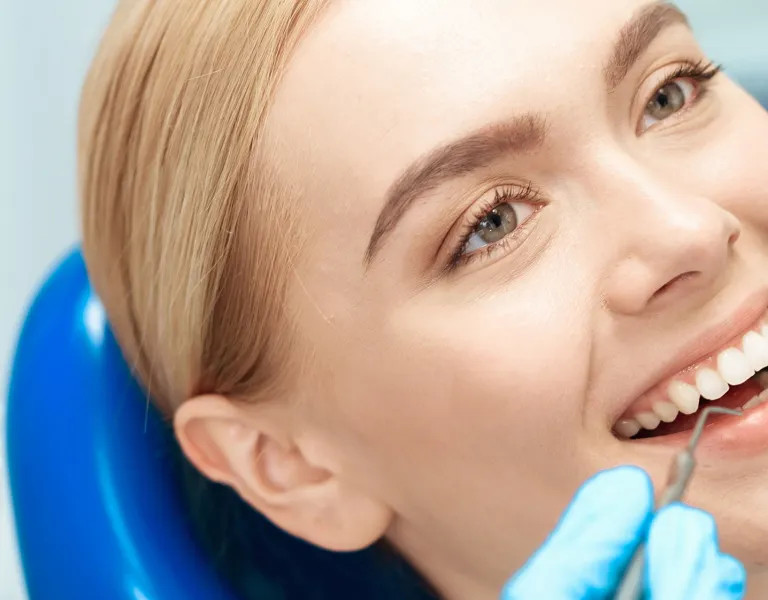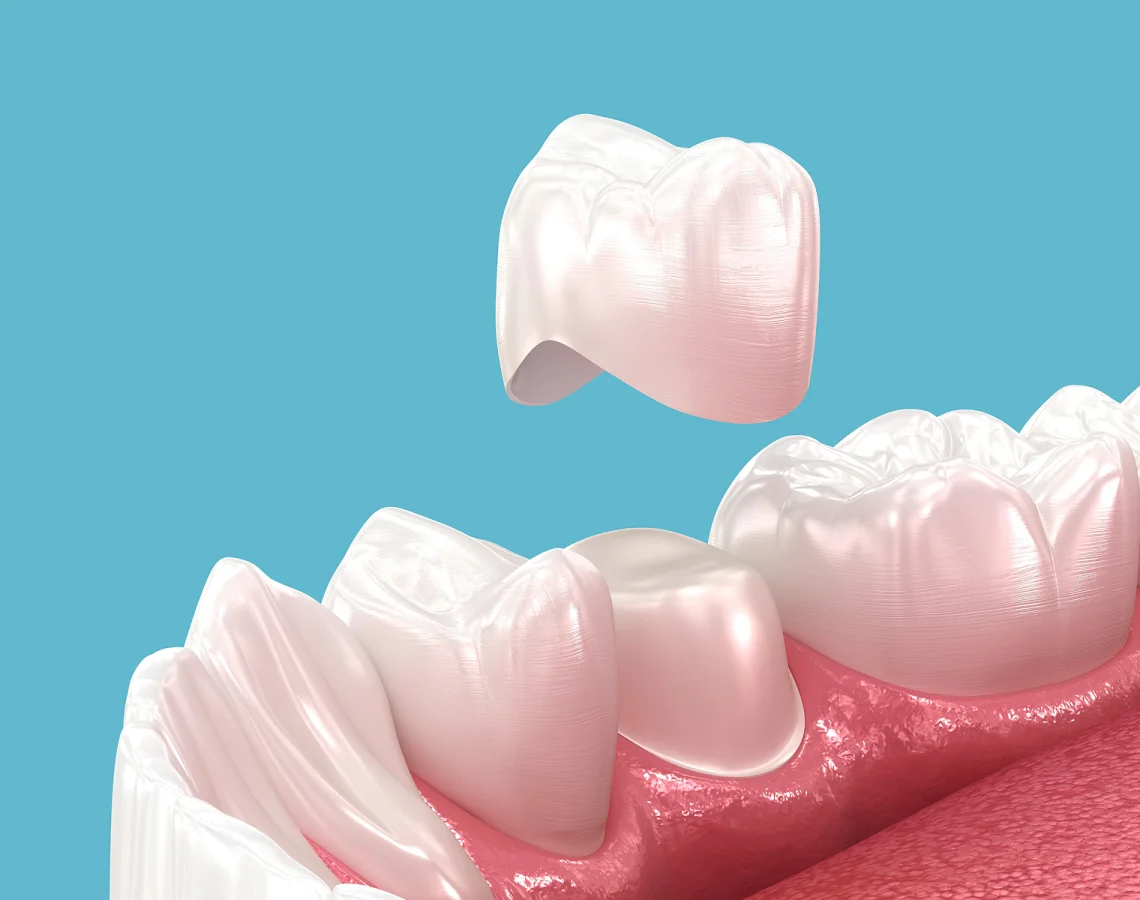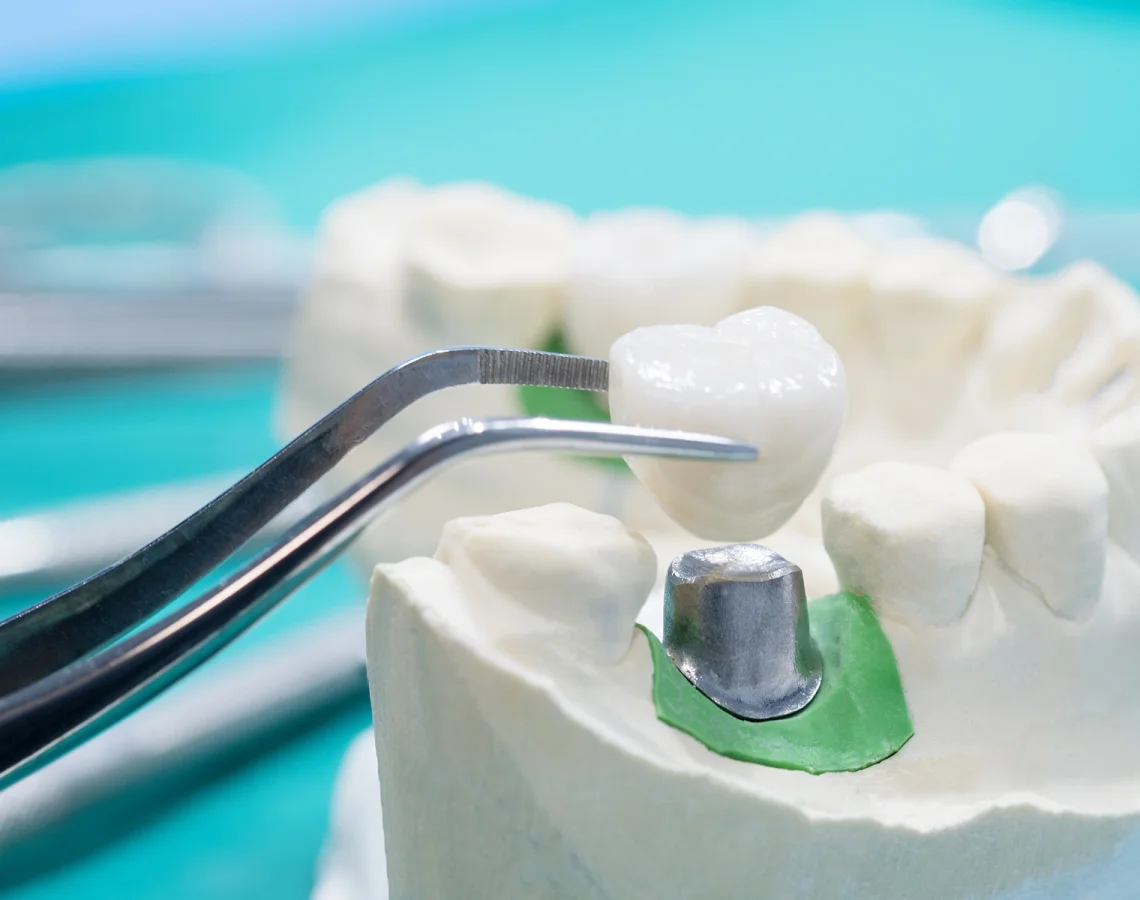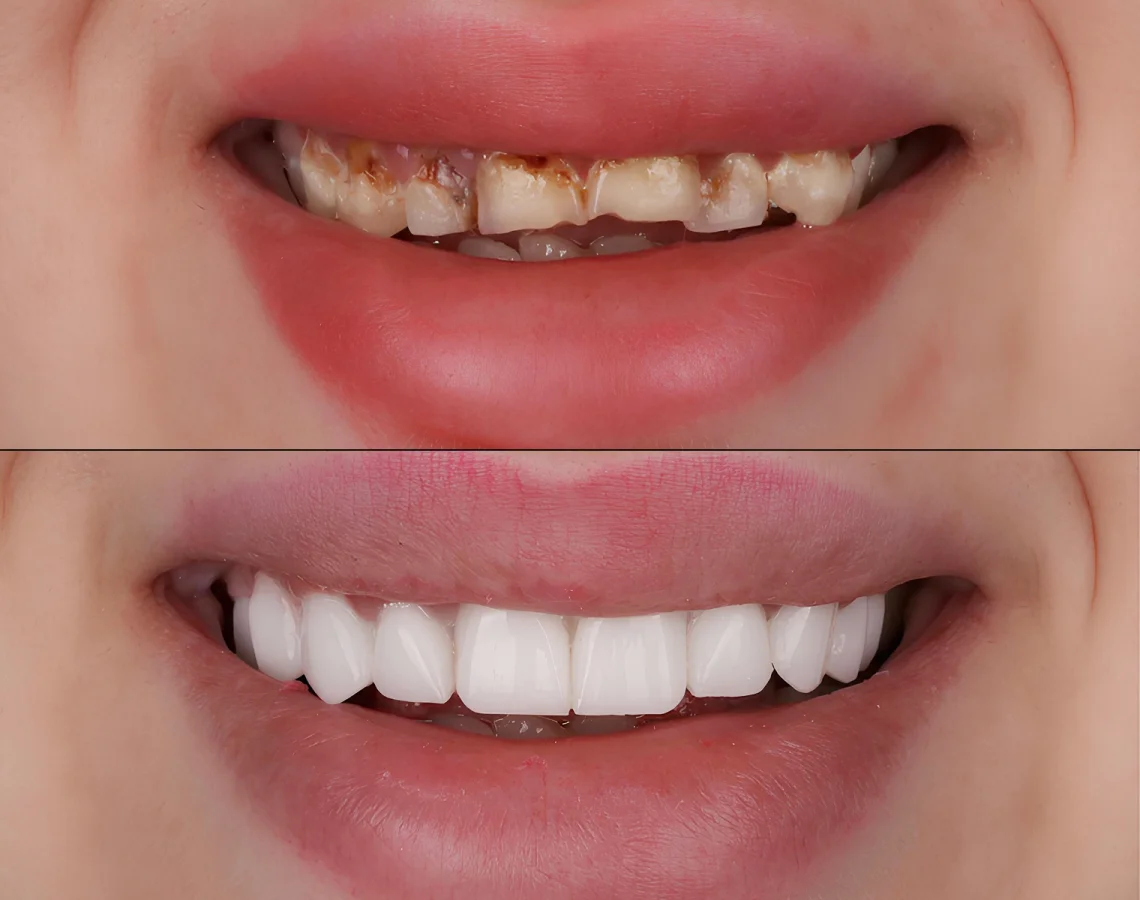
Inlays and Onlays in Basingstoke
When a tooth is too damaged for a simple filling but doesn’t quite need a full crown, inlays and onlays offer a strong, long-lasting solution. At Hampshire Dental Care, we use these custom restorations to repair and strengthen teeth affected by decay or fracture - without removing more of the tooth than necessary.
Inlays and onlays are a conservative alternative to crowns. They sit neatly within or over the tooth to restore its shape, strength, and function, blending beautifully with your natural enamel. They’re a great choice when we want to preserve as much of your healthy tooth as possible, while still providing a reliable and durable result.
What Are Inlays and Onlays?
Inlays and onlays are types of dental restorations made from porcelain, ceramic or composite resin. They are custom-crafted to fit your tooth exactly, and are bonded securely into place for a natural-looking and long-lasting result.
Inlays
fit within the grooves of a tooth’s chewing surface—similar to a filling, but stronger and more precise.
Onlays
cover a larger area, extending over one or more cusps (the pointed parts of the tooth), offering extra support when the damage is more extensive.
We often use inlays and onlays for back teeth where strength and durability are key. They’re ideal when a tooth has been weakened by decay or large fillings, but still has enough healthy structure to avoid a full crown.

Why We Recommend Inlays and Onlays
We believe in protecting your natural teeth wherever possible. Inlays and onlays allow us to do just that—by reinforcing what’s already there, rather than removing and replacing it unnecessarily. Here’s why they’re often a better choice than large fillings:
- They’re stronger and more durable
- They resist cracking and wear over time
- They are precisely made for a perfect fit
- They reduce the risk of needing more invasive treatment in future
At Hampshire Dental Care, we always plan your care with long-term outcomes in mind. We’ll explain clearly when an inlay or onlay is the most suitable option, and make sure you’re comfortable and informed before we begin.

What to Expect from the Treatment
Having an inlay or onlay placed is a straightforward process, usually completed over two visits.
1. Consultation and assessment
We’ll begin by examining your tooth and taking digital X-rays or scans to assess the extent of damage or decay.
2. Preparation and impression
The affected area is cleaned and shaped, removing any damaged tissue. We then take a digital scan or impression to design your custom inlay or onlay.
3. Temporary restoration
We’ll fit a temporary filling to protect the tooth while your custom piece is being made by the lab.
4. Fitting appointment
Once ready, your inlay or onlay is securely bonded into place. We’ll adjust and polish it to ensure a perfect bite and natural feel.
The result is a smooth, strong and subtle restoration that restores both the appearance and function of your tooth.

Benefits of Inlays and Onlays
Inlays and onlays offer several advantages compared to traditional fillings or full crowns:
Strength and stability
They’re made from tough materials that can withstand chewing forces for years.
Conservative treatment
More of your natural tooth is preserved compared to a crown.
Tight seal
Because they’re bonded into place, they help prevent further decay and keep bacteria out.
Natural appearance
Tooth-coloured materials blend beautifully with your surrounding enamel.
Long-lasting results
With good care, inlays and onlays can last 10–15 years or longer.
We always take a personalised approach and will only recommend inlays or onlays if they’re genuinely the best option for your tooth.
Frequently Asked Questions
Are inlays and onlays better than fillings?
For large areas of damage, yes. Fillings can weaken the tooth if too much material is used. Inlays and onlays provide greater support and longevity without compromising your tooth’s structure.
How long do they last?
They can last over a decade with good oral hygiene and regular check-ups. The exact lifespan depends on the material used and your dental habits.
Do they look natural?
Yes. We use high-quality tooth-coloured materials to ensure the restoration blends in seamlessly with your natural tooth.
Is the procedure painful?
No. The process is carried out under local anaesthetic and is very similar to having a filling. Most patients find it very comfortable.
Can they be used on front teeth?
Inlays and onlays are usually used on molars and premolars. For front teeth, we would typically consider veneers, bonding, or crowns depending on the issue.